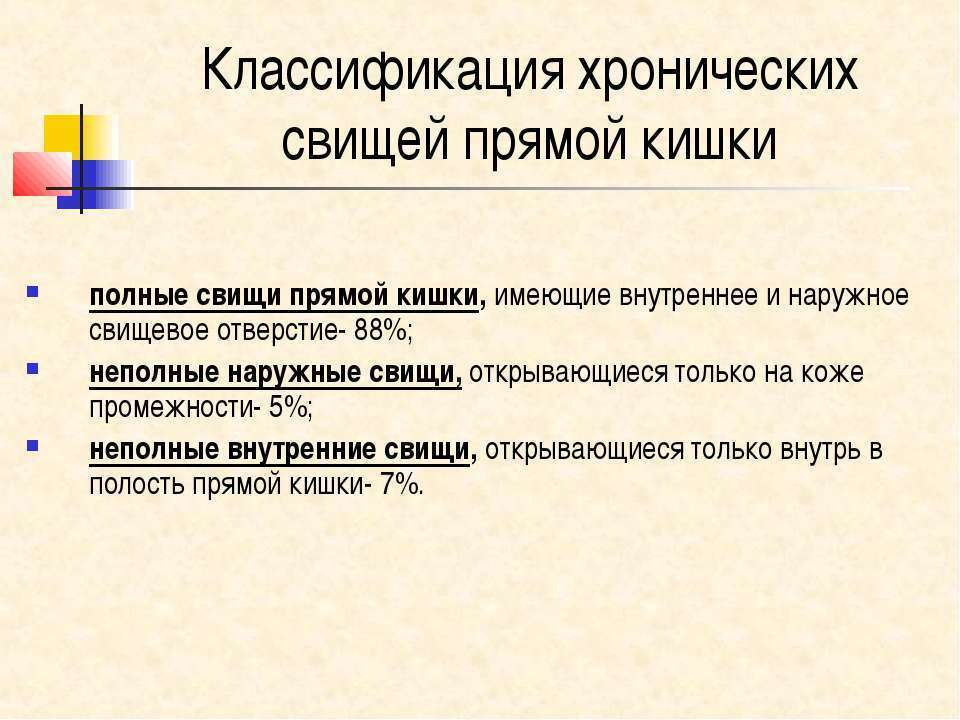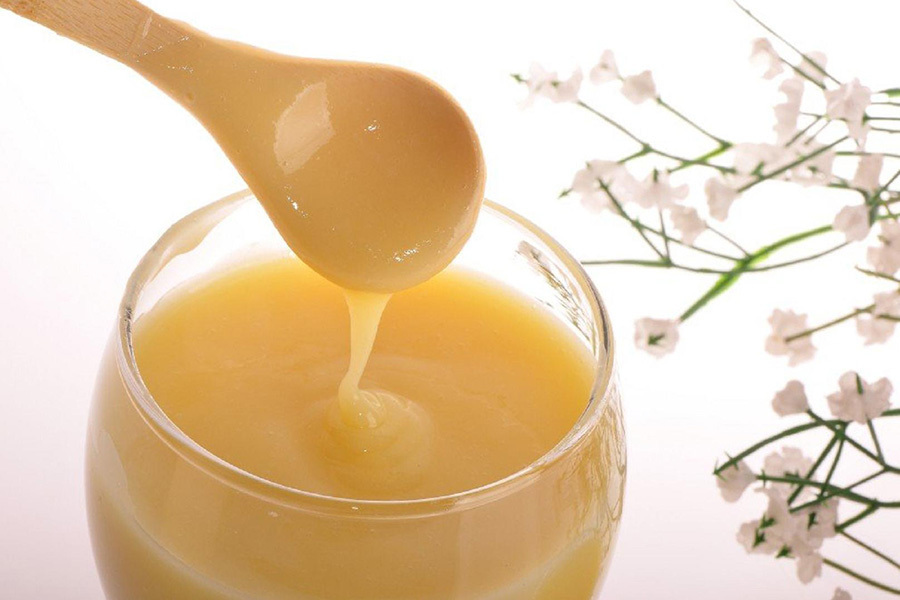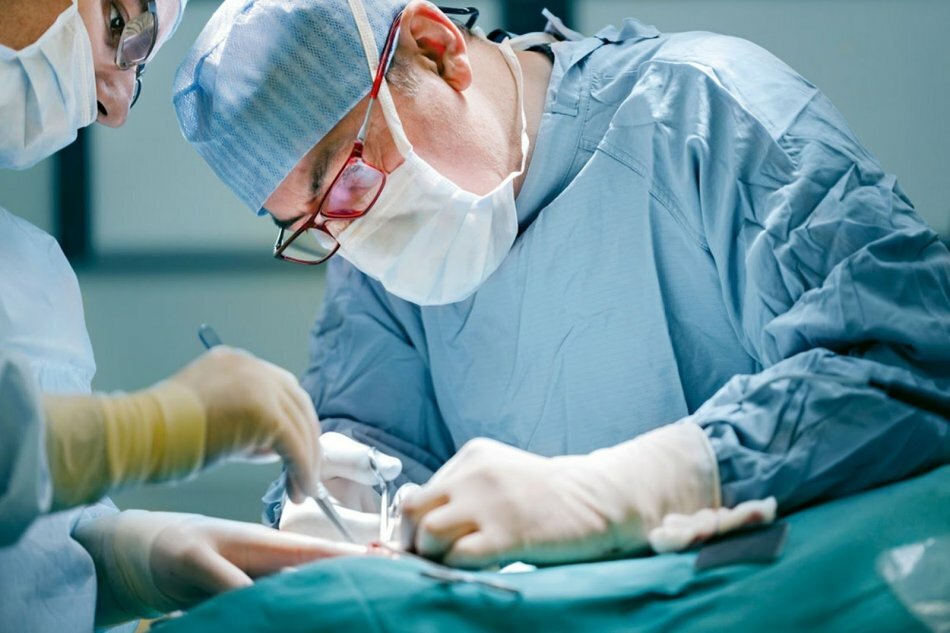The causes of the formation of fistulas of the anus and ways to get rid of the disease.
Contents of
- What is rectal fistula?
- Than a fistula of a rectum is dangerous, what consequences can be?
- How to identify rectal fistula: symptoms of
- Fistula of rectum in child: causes of
- Parapractic fistula after paraproctitis: causes of
- Fistula of rectum - treatment without surgery at home
- Fistula of anus - treatment at home
- Folk remedies for fistula straightintestines
- Ointment for treatment of fistula of rectum
- Removal of fistula of rectum: feedbacks
- Nutrition after removal of fistula of rectum
- What is fistula of rectum, methods of disposal,deo:
Why does the fistula of the rectum arise? How to relieve the patient's condition? Is it possible to do without surgery and how to cure a fistula? Features of manifestation of pathology in children. This article will detail these questions in detail. What is a rectal fistula?
Fistulas or fistulae of the rectum( fistulae ani et recti) - a serious pathology associated with the formation of purulent passages through connective tissue of the rectum of the intestine. The exit of the fistulous tunnels can end in the peritoneal tissue. This is
incomplete internal fistulas .Often the aisles are completely open and open through the skin in the anus zone, the so-called complete external fistulas . Timely treatment of fistulas protects the patient from many consequences.
Timely treatment of fistulas protects the patient from many consequences. . The rectal fistulas usually appear as a result of a rectal abscess of the rectum, which has a medical name - paraproctitis .Fistulous courses can be classified by location and degree of prevalence.
 Fistulas of fistulas
Fistulas of fistulas Usually full fistulas are found. They have two openings on both sides: inlet and outlet. There are fistulas with several entrances. Incomplete fistulas with a single inlet often become full-fledged due to the gradual dominance of microorganisms in them.
Infected tissue cells lose their tonus and are gradually destroyed: a fistula is seen to break outward, reaching the surface of the skin around the anus. The appearance of fistulous holes in the anus can also be associated with such diseases:
- diverticulitis( inflammation of the inner shell of the large intestine)
- tuberculosis of the rectum
- syphilis
- chlamydia
- Crohn's disease
- AIDS
What is dangerous for the fistula of the rectum, what could be the consequences?
 Long-existing fistulas can affect health with all sorts of complications
Long-existing fistulas can affect health with all sorts of complications Fistulas that have not been treated for a long time and passed into a chronic form are fraught with many complications of a general nature: from purulent processes of blood infection to the possibility of carcinomas( cancer tumors) of the anal ducts. Untreated fistula of the anus can lead to the formation of scars, which cause pain during defecation and the release of gases.
How to identify a fistula of the rectum: symptoms of
 For the first symptoms of a bowel-related ailment, consult a proctologist
For the first symptoms of a bowel-related ailment, consult a proctologist Complete external fistulas of the appear visually: one or several tissue seals with an internal lumen are probed on the skin around the anal opening and partially on the buttocks.
Through this passage, there is a discharge of pus, mucus or infiltrate. In places where the fistula exits, the skin becomes moist, softened, and loses its natural turgor due to maceration. When palpating the rectum, a hole-fistula is found in the form of a funnel.
The presence of incomplete internal fistulas causes patients to sense the presence of a foreign body in the anus. When the infiltrate is not sufficiently released from the fistula cavity, the patients feel:
- pain and discomfort in the anus zone
- Stool retardation and urination
- Rectal discharge( pus, infiltrate, mucus)
- irritation and reddening of the skin around the anus and parts of the buttocks
- fever, chills
Fistula of the rectum in the child: causes
 Examination of a child
Examination of a child - Diseases in the form of rectal fistulas are rare in childhood. This pathology is most often manifested at the birth of the child and is a consequence of the failure of fetal fetal development for any reason.
- The disease may occur with Crohn's disease ( a genetic disease that affects the entire gastrointestinal tract) or after suffering acute paraproctitis ( purulent inflammation of the tissues adjacent to the rectum).
- Before initiating treatment, you should know the root cause of fistula formation. Congenital fistulas require surgical treatment, since the disease threatens the baby's life. The operation consists in removing the focus of inflammation and surrounding epithelium, captured by the pathological process.
- If a fistula is detected in a baby in the first months of life, surgery can be postponed to a later date - when the child reaches 18 months of age. This is possible only if the child is in a stable state without spreading the infection, accompanied by fever and deterioration of the baby's condition.
Parapractitic fistula after paraproctitis: the causes of
 At the reception of the proctologist
At the reception of the proctologist Paraproctitis is the main cause of fistula of the rectum. There is inflammation of the rectal rectal tissue with the introduction of infection through the anal glands and damaged mucous membranes.
The inflammatory process is transmitted through neighboring diseased organs. Most often abscess accompanied by the following diseases:
- ulcerative colitis
- Crohn
- inflammation of the prostate and urethra
- inflammation of female genital
- pelvic osteomyelitis
anal fistulas may occur due to:
- running paraproctitis
- complications during operations at paraproctitis
- unsuccessful operational autopsy abscess
- spontaneous opening of paraproctitis
Fistula of rectum - treatment without surgery at homeBarrier-
IMPORTANT: Complaints of pain and discomfort in the area of the rectum is an occasion to refer to a specialist for advice-proctologist.
- Symptoms of rectal fistula manifest a great discomfort in a patient's life. It can not be cured at home, there is no universal remedy for scarring tunnels of fistulas. At home, you can only alleviate the condition of the patient with the help of medicines and folk medicine: ointments, herbal lotions and dues.
- Folk recipes have been developed over time and have not been tested by one generation of people. Ointments and poultices relieve pain, cleanse and disinfect the skin, remove inflammation in the foci of breakthrough fistula.
 To ease the condition, many people use medicines
To ease the condition, many people use medicines Fistula of the anus - treatment at home
- The use of medication at home is not a solution to the problem of fistulas of the rectum. Painkillers, antispasmodics and anti-inflammatory drugs relieve the symptoms of the fistula of the anus only for a while.
- Then the aggravation of the illness begins again, requiring an urgent visit to the doctor. After the diagnosis is clarified, an algorithm is formed for the treatment of the patient depending on the severity of the disease.
- In the first stage, antibiotics are prescribed to suppress the infectious process and drugs that alleviate the patient's condition - antispasmodics, analgesic and anti-inflammatory drugs. Subsequently, surgical intervention is required after a series of necessary tests and a complete examination.
For in-depth diagnosis of the disease, the following methods are used:
- sphincterometry
- Irrigoscopy( X-ray intestinal examination)
- Computed tomography( layered intestinal examination using X-rays)
- fistulography( X-ray examination of fistulas using radiopaque substances)
Folk remedies for rectal fistula
 Folkmethods of treatment
Folkmethods of treatment There are folk recipes to alleviate the condition of the patient with external perforation of the fistula. Let's share some.
Hypericum with St. John's wort
The procedure with lotion of St. John's wort helps to remove purulent contents from the fistula's opening. Regular application of herbal compresses to the sore spot removes inflammation and irritation, helps to clean the passage, remove itching and pain.
- Three tablespoons finely chopped raw materials - the herb St. John's wort perfumed steamed 200 ml of boiling water.
- Insist on a steam bath for 5-7 minutes.
- Steamed parsley from the grass spread on a piece of linen cloth.
- The lotion is applied in a warm state to the inflamed area and covered with a piece of cellophane film.
- The procedure is carried out daily until complete removal of pus.
Lotion with mummy and aloe juice
- Prepare a 3% aqueous solution of mummy: in 100 ml of warm, purified or boiled water, dissolve 3 g of mummy.
- In the breeding add a tablespoon of juice of leaves of 3-year-old aloe.
- The solution is abundantly moistened with a piece of gauze and applied to a purulent focus.
Lotion of tea fungus with plantain roots
- A tablespoon of plantain roots is boiled in 200 ml of water.
- After cooling to the broth add 200 ml of teaspoon infusion.
- Gauze cloth moistened with medicine, lightly squeezed and applied as a lotion to the exit of the fistula.
Warm sessile baths with infusions of oak bark, chamomile flowers and marigold, sage leaves help to remove inflammation and irritation of the skin around the anus.
Ointment for the treatment of the fistula of the rectum
 Home Ointment
Home Ointment Ointment prepared on herbs helps to clean the inflamed skin around the fistula, remove puffiness, remove redness and irritation. In general, the ointment favorably affects and heals the fistulous tunnel.
- Vegetable components: bark of an oak, a grass of water pepper, flaxen flowers use in an equal parity.2 tablespoons herbal mixture finely chop, for this you can use an electric coffee grinder.
- Herbal powder is poured with two tablespoons of melted pork fresh lard.
- Ointment is kept in the oven at a minimum temperature of 3 hours.
- Gauze swabs are impregnated with ointment and applied to the inflammatory focus for 5 hours, then the swab is changed to a new one.
Rectal fistula removal surgery:
 reviews Surgical intervention is the main way of getting rid of rectal fistulas
reviews Surgical intervention is the main way of getting rid of rectal fistulas Rectal fistulas can not self-eradicate. Pathology can not be treated conservatively. Medicinal therapy and procedures in the form of trays, compresses and lotions relieve the suffering of the patient for a short time.
This should be taken into account in complicated forms of the disease, when the fistula passes through the muscle tissue of the anal sphincter, the so-called trans- and extra-friccnar fistulas.
IMPORTANT: Fistulas of the rectum are not prone to complete healing without surgical intervention.
Objectives of surgical treatment of rectum fistulas
- Removal of internal fistula.
- Opening and removal of the pararectal abscess.
- Excision of the fistulous passage.
- Apply minimal impact to the external sphincter of the anus to prevent loss of its operability.
- Postoperative conservative wound healing with minimal scarring.
- The operation to remove the fistula of the anus is carried out under general anesthesia. The wound after excision of the fistula, as a rule, quickly heals. On the 5th-7th day the patient is discharged if the healing process goes according to plan and without complications. In the first hours after surgery, pain in the wound area is possible.
- After removal of the fistula, the patient is prescribed a set of medicines for internal and topical application in the form of suppositories, ointments, wound healing medications and anti-inflammatory tablets. The patient is under medical supervision until full recovery.
- In the postoperative period it is important to perform hygiene procedures. You are allowed to take showers and sessile baths with herbal infusions of chamomile, calendula, sage, oak bark. Baths are recommended after every act of defecation.
- Reviews of patients who have undergone such operations are mostly positive. As a rule, all patients undergo surgery well and completely cured. Approximately 2 weeks after surgery, the patient returns to his daily life, and a complete cure occurs somewhere at week 6.
- A small percentage of patients experience a relapse of the disease. Complications after surgery in the form of bleeding, slow wound healing and inflammatory processes also take place. Such situations are rare. In such cases, additional treatment is prescribed.
Nutrition after removal of the fistula of the rectum
 Food
Food - It is possible to restore the health after the operation in the course of 2-3 weeks if you follow the right diet and perform the necessary hygiene procedures.
- After the operation, prescribe a liquid diet in the form of water, kefir, a small portion of liquid rice, boiled on water. This nutrition is recommended in order to facilitate the work of the intestinal tract without constipation and unnecessary stress. In addition, stool can serve as a source of infection and contaminate the postoperative wound surface.
- In the future, the gastrointestinal tract should be maintained in a gentle manner, without loading it. After surgery on the rectum, food that irritates the intestinal tract is not recommended.
What not to eat:
- fried foods
- smoked products
- mushrooms
- greasy and canned food
- sharp and salted foods
- black bread
- whole milk
- vegetables and fruits that cause putrefaction and gassing: radish, radish, peas, beans, beans,cabbage, spinach, sorrel grapes, raisins
- fresh baked pastry
- carbonated sweet drinks
Recommended dishes:
- liquid and mashed soups with vegetables and light meat broths of white poultry meat
- meatballs, cutlets, zraVegetable, fish or meat steamed steamed
- various liquid porridges: oatmeal, rice, buckwheat, wheat, corn with a small piece of butter
- low-fat dairy products: kefir, fermented baked milk, cottage cheese, yoghurt
- bread in the form of dried toasts, rusks
